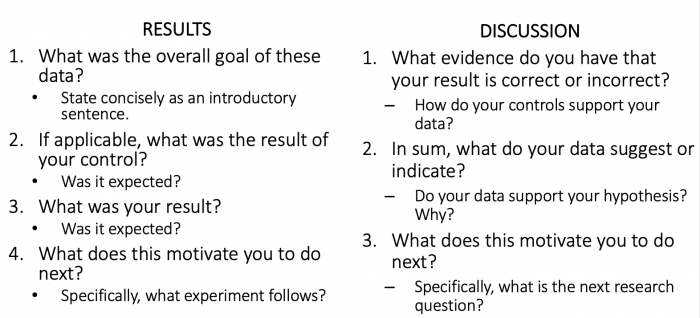20.109(F23):M2D7
Contents
Introduction
The research goal for this module was to identify small molecules that bind PfFKBP35. As a bonus, it would be ideal to identify a small molecule that binds PfFKBP35 but not the human ortholog, FKBP12. Throughout this module we learned that there are different methods that can be used to find small molecules that bind a protein of interest.
One method used to find small molecules that bind a protein of interest is to use a high-throughput screen, such as the SMM. Though we did not use this method as part of this module, we learned about the technology and the data analysis workflow. This technology is an approach used by researchers to screen thousands, to hundreds of thousands, of small molecules in an unbiased manner using commercially available libraries.
Another method is to design small molecules using a scaffold molecule that is known to bind the protein of interest, such as the approach used in this module. Here we used a set of small molecules that were chemically altered versions of FK506 which is known to bind PfFKBP35. This approach is only useful when a known small molecule binder is known. In addition, using this approach will not be useful in discovering molecules that bind outside of a known binding pocket or active site.
Today we will consider yet another technique used to identify a small molecule that binds to a protein of interest. In this exercise we will think through how a researcher might rationally design a small molecule based on the structure of the protein of interest.
Protocols
Part 1: Participate in Communication Lab workshop
Our communication instructor, Dr. Chiara Ricci-Tam, will join us today for a discussion on preparing written manuscripts.
Part 5: Draft discussion section for Research article
As the final section of your Research article, you will write a formal Discussion that summarizes the key findings and states the implications of your research. Use the homework you completed for today to draft the Discussion for your Research article.
Remember that the Results and Discussion information will be separate in this more formal writing assignment. Use the questions below to help you decide which details should be included where in your text.
Next day: Brainstorm ideas for Research Proposal presentation

